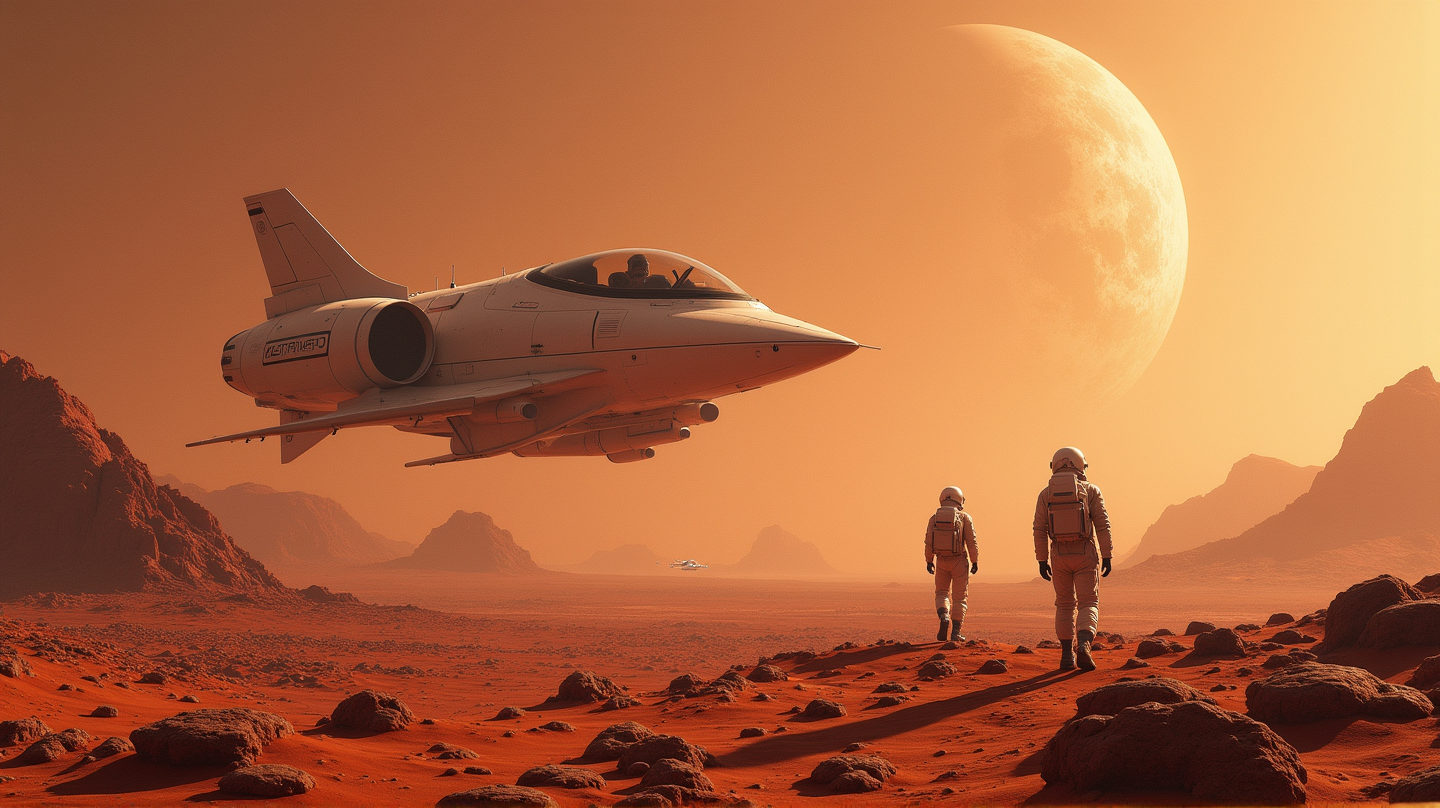NASA's Bold Mars Vision: A $1 Billion Shift Favoring Musk's Ambitions
NASA plans a Mars mission for 2026 with a $1 billion budget shift, aligning with Musk and Trump's aspirations for the Red Planet.

A Billion-Dollar Commitment to the Red Planet
In a stunning new development, NASA is setting its sights on Mars with plans for launching missions to the Red Planet in 2026. This visionary shift is backed by a substantial $1 billion increase in budget funding, as proposed by the White House for the 2026 fiscal year. This ambitious plan aligns with the interests of both President Donald Trump and billionaire entrepreneur Elon Musk, who are ardent advocates for manned missions to Mars.
Musk’s Mars Odyssey: SpaceX Takes the Lead
Renowned for his audacious goals, Elon Musk has long dreamed of Mars colonization. His company, SpaceX, has announced plans to land on Mars by 2026, setting the stage for humanity’s next giant leap. With the White House’s renewed focus on Mars, SpaceX’s mission agenda appears to benefit immensely from governmental support, marking a potential stride towards Musk’s vision of a “multi-planetary civilization.”
Navigating the Political and Scientific Waters
While the idea of a Mars mission garners excitement, it is not without controversy. NASA’s pivot to prioritize Mars could face resistance from lawmakers who have legislatively mandated a continuous human presence on or near the moon. According to The Independent, balancing these obligations with new ambitions will require diplomatic and innovative solutions as the space agency embarks on this interplanetary endeavor.
The Bigger Picture: Earth’s Insurance Policy
Musk envisions Mars as a contingency plan for humanity’s survival. He articulates this mission not just as a voyage to explore, but as a necessity to ensure the longevity of human consciousness in the universe. This notion becomes a point of intrigue and debate among scientists and policymakers alike, highlighting both opportunities and the myriad challenges of extraterrestrial life.
Technological Hurdles and the Road Ahead
Despite the momentum, significant technological challenges remain. SpaceX’s Starship, essential for Mars missions, faces complex engineering hurdles. Previous test flights have erupted dramatically, underscoring the complexities involved. Yet, with each trial, lessons are learned, propelling forward the tenacity required to eventually conquer the unforgiving Martian environment.
In conclusion, as NASA and SpaceX chart the course towards Mars, the intertwining of bold government funding with private enterprise ambition might just catalyze an era of unprecedented exploration and discovery, promising a new chapter in human history among the stars.

